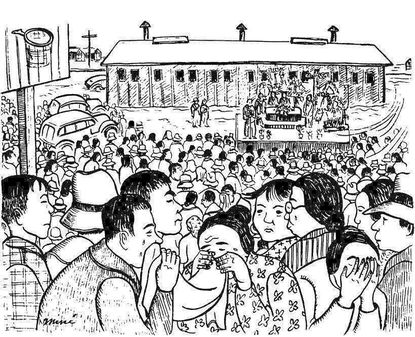Podcast: Play in new window | Download
Subscribe: Apple Podcasts | Email | TuneIn | RSS
Today Milena and Megan cover Japanese American painter and graphic novelist Miné Okubo (1912-2001) & Italian physicist Dr. Laura Bassi (1711 – 1778), who was the world’s first woman university professor
Miné Okubo
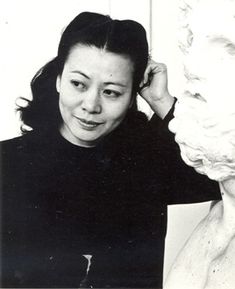
Fact is, the racism we’re seeing today towards Asian American and Pacific Islanders is nothing new. Stemming from decades of systemic racism, today we explore one historical event that fed into that oppression – the WWII internment of Japanese Americans. We do this through the first hand account of painter and illustrator Miné Okubo in her graphic novel Citizen 13660. This book documenting what life was like in an internment camp is her most well known work – but not her only creative work.
Today Megan covers the impact of this publication, the difficulties Miné faced within the Art World and how racism may be contributing to a lack of widespread appreciation for Miné’s artwork today.
Selected Works
Selected Paintings, Lesser Known Work

Blue Girl with Cat, undated 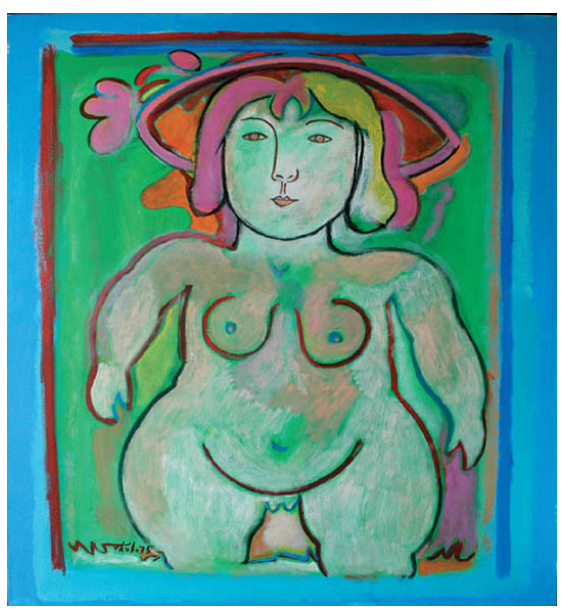
Green Nude in Pink Hat, 1975
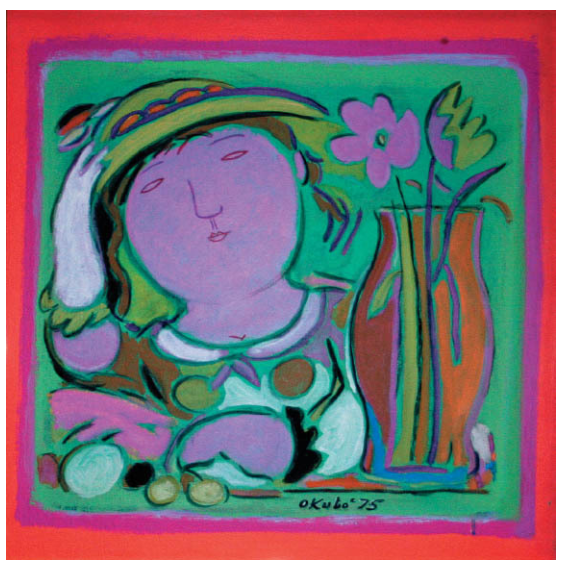
Pink Girl with Hat and Vase, 1975 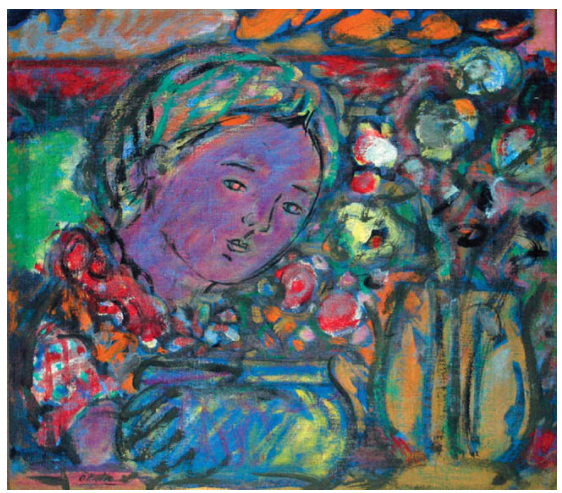
Purple Woman with Flowers, 1980
- Executive Order 9066 – Signed by President Roosevelt in February of 1942, initiated the forced internment of Japanese Americans and Japanese residents
- Japanese American Internment – Forced internment of over 120,000 people to “Relocation Centers” in rural America during WWII, including Ruth’s family
- Federal Art Project – Program run under the Works Progress Administration to employ artists, started during the depression era
- Diego Rivera – Mexican mural artist whom Miné worked with prior to WWII. Along with David Siqueiros and Jose Orozco was part of Los Tres Grandes
- Citizen 13660 – Autobiographical graphic novel chronicling Miné experience living as an interned Japanese American during WWII
- Book Impossible Subjects: Illegal Aliens and the Making of Modern America by historian Mae Ngai
- Commission on Wartime Relocation and Internment of Civilians – 1983 Congressional commission that lead to the 1988 formal apology by the US government for the WWII internment of Japanese Americans
Wanna know more? Always a book for that (usually) (or article)
Celeida Tostes by editors Marcus de Lontra Costa & Raquel Silva. Available to read for free, this is a great collection of essays in both Portuguese and English
Dr. Laura Bassi

Laura Bassi was the 18th century Italian woman that had it all – supportive husband, amazing career and 12 children. Okay, so maybe only 5 kids made it to adulthood, but that’s not bad for the 1700’s. Also not bad? The fact Laura was the first woman to have a doctorate in science, the second woman in the world to earn the Doctor of Philosophy degree and was the world’s first woman university professor.
Today Milena covers the upbringing that laid the groundwork for these achievements, the importance of having the support of an almost-pope and how Dr. Laura Bassi is #ladyboss goals.
As always, music by EeL



